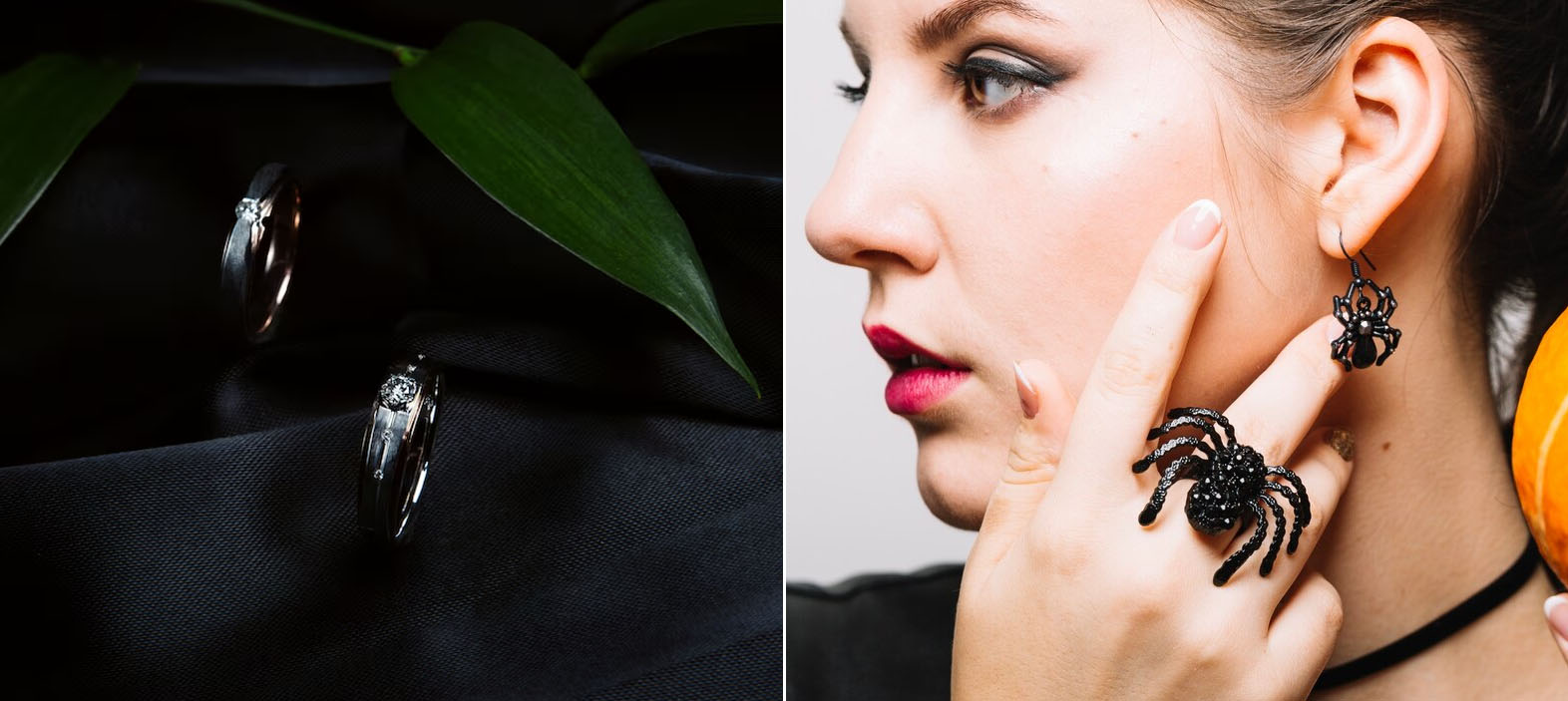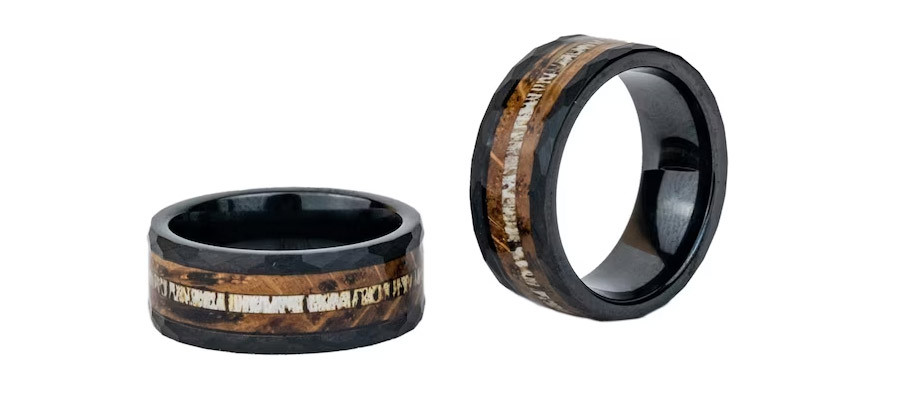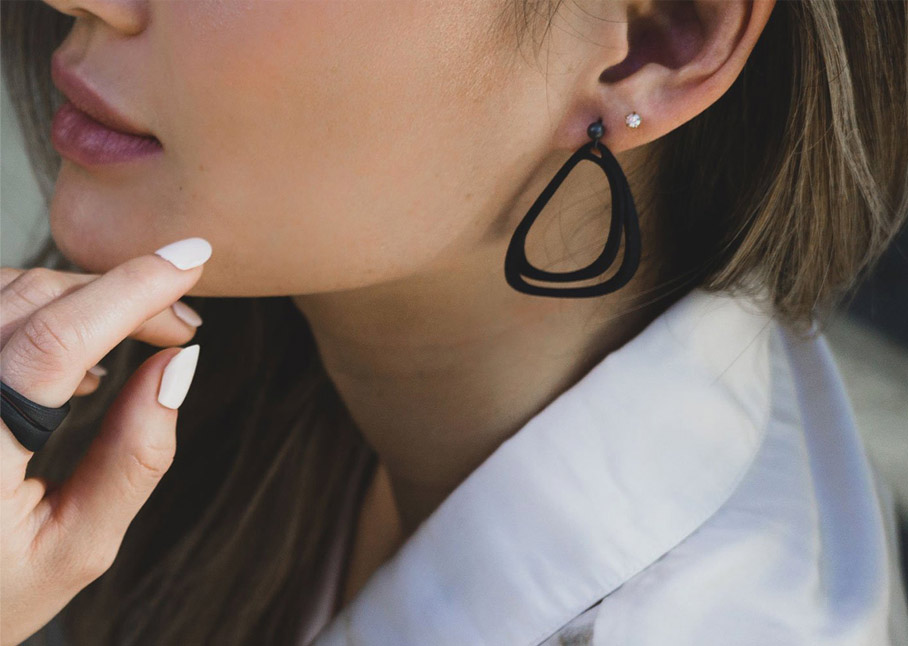
Beyond Metals: Why Carbon Fiber Has Evolved as a Premier Jewelry Medium
👁 Reads: 273
“A piece of jewelry is considered more than just adornment- it’s a symbol of achievements, aspirations, safety, and dreams!”
Apart from having an enormous sentimental value in households, the jewelry industry also enjoys a massive status in terms of its market value. As per the India Brand Equity Foundation, India ranks second among the top exporters in gold and silver jewelry, hitting US$ 37.73 billion in 2022- 2023. Needless to say, it becomes critical to understand the manufacturing process of this gem of a material and understand how the efficiency of the same can be enhanced. While traditionally, jewelry was manufactured using the base of metals (such as gold, silver, and platinum), in recent years there has been a shift towards the use of Carbon fiber for the purpose of manufacturing jewelry. This shift is not only strategic but also an avant-garde decision as it reflects the dynamic progress in fashion, craftsmanship, and technology. This article aims to throw light upon the process of manufacturing jewelry using carbon fiber and how the same shapes the future of jewelry design and production.
HOW IS JEWELRY MADE? METAL VS. CARBON FIBER
Manufacturing of jewelry is an intricate process involving several steps:
- Like any other manufacturing process, the first step involves creating the design in the form of a blueprint.
- In the case of carbon fiber, the unique property of the material is taken into consideration during the design stage itself.
- However, for metal jewelry, the prototype of the design is made directly.
- The second stage of the making is material preparation.
- For carbon fiber jewelry, the composite material of carbon fiber with polymer resin is woven into sheets, which are then layered to achieve the required flexibility and strength.
- For metal jewelry, the chosen metal is cast into the desired shape using conventional methods such as lost-wax casting or investment casting.
- The next stage of the process is often termed molding.
- In the case of carbon fiber, the layered sheets are placed into molds to determine the product's shape. Subsequently, epoxy resin or similar polymer is infused to bind the structure and give it strength. After this, the infused molds are cured to harden the resin to create durability of carbon fiber.
- Metal jewelry, on the other hand, post its casting goes through a three-step process- filing, polishing, and grinding for refinement of the shape as well as surface.
- The final stage is the finishing of the material.
- The infused material is then given finishing touches through the process of polishing, coating, or through the addition of elements for design purposes.
- The finishing of the metal jewelry is similar in process. Either specialized machinery or hand work is resorted to for setting the gemstones into the jewelry.
CARBON COUTURE: WHY CARBON FIBER FOR JEWELRY MANUFACTURING?
While the process of manufacturing jewelry by use of carbon fiber is a pretty simplistic process, the reason for the increased preference for carbon fiber can be attributed to a plethora of factors:
- The flexible nature of carbon fiber allows a wide variety of designs to be created in innovative shapes and forms making it extremely popular. Flexibility allows assistance in the case of intricate jewelry work as well, which was a major challenge with traditional materials.
- The exceptional strength-to-weight ratio offered by carbon fiber allows the jewelry to be lightweight and comfortable for everyday wear. This is aligned with the shift in choice of jewelry witnessed by the current demographic dividend. Many popular Companies like Edward Mirell and Lashbrook Designs heavily promote carbon fiber rings due to their lightweight.

- One of the most incredible characteristics of carbon fiber is its strength despite its lightweight nature. The tensile strength and durability of the material allow the jewelry to withstand day-to-day rigors and its longevity adds to the customer appeal.
- Carbon fiber jewelry is also a popular choice for the consumer market which must cater to sensitive skin. Since carbon fiber is hypoallergenic, it broadens the horizons for consumers with metal allergies.
- With the increase of sustainable start-ups and environmental consciousness being a focal point of consumer choices, carbon fiber jewelry has become an excellent base material. The production process of carbon fiber is significantly environmentally friendly compared to the traditional metal extraction process. Companies such as RogueJewels and KarbonKreations promote sustainable jewelry with aesthetic designs that have an impressive market appeal.

- To cater to the current market trends which encompass minimalistic designs and personalized designs, carbon fiber as a material is the natural choice due to its malleability and versatility. A range of brands have created limited edition exclusive carbon fiber jewelry pieces that often attract collectors and enthusiasts.
It is therefore safe to say that carbon fiber as a material for jewelry represents a paradigm shift not only in the world of jewelry but also in the diversified nature of carbon fiber. Yet again, carbon fiber corroborates itself as an emblem of innovation in technology and enhances its commitment to the contemporary and sustainable world of fashion. The combination of its physical properties, design flexibility, strength, and longevity make it a no-brainer in terms of its significant role in shaping the future of jewelry design and production.





